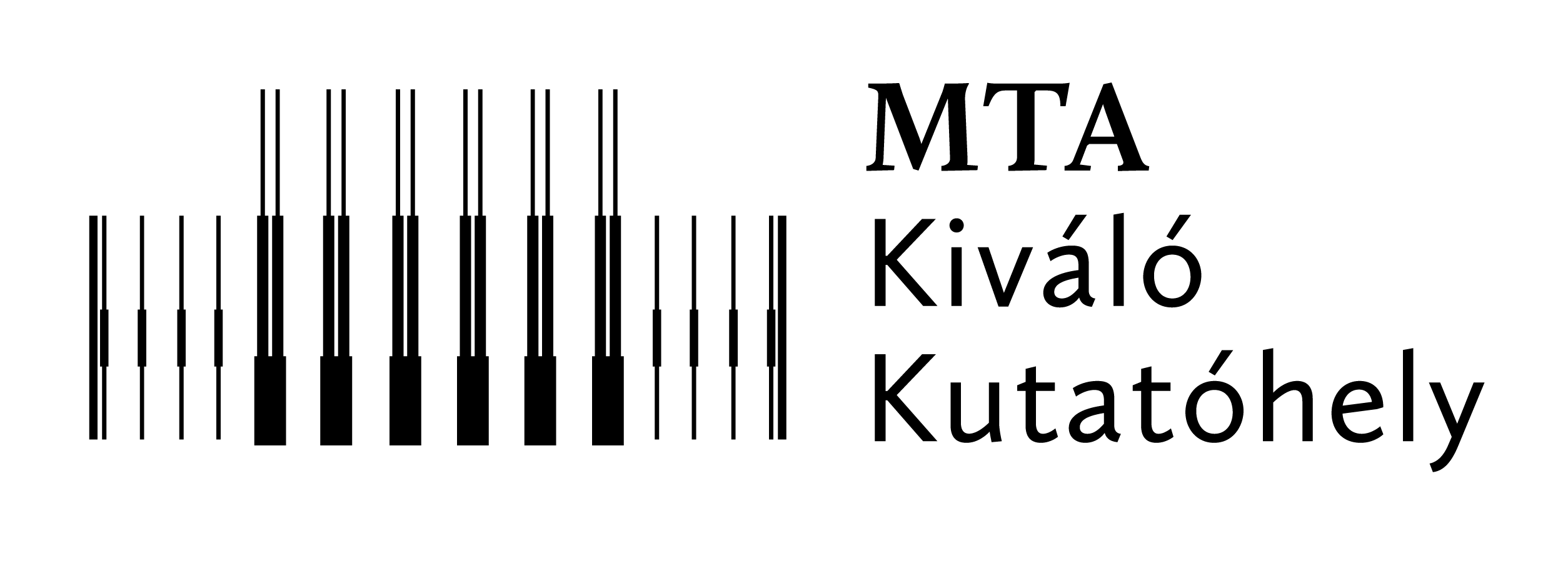Előadó: Neelkamal Mallick (Department of Physics, Indian Institute of Technology Indore)
Az előadás témája: Study of transverse spherocity dependence of particle production and application of machine learning techniques in heavy-ion collisions at the LHC
Az előadás időpontja: 2021. március 8., 11 óra
Helyszín: videokonferencia, részletek és link: https://indico.kfki.hu/event/1280/
Összefoglaló:
Transverse spherocity has been studied successfully as a tool to separate jetty and isotropic events in small collision systems such as proton-proton collisions at the LHC. It has a unique capability to distinguish events based on their geometrical shapes. For the first time, we have studied the transverse spherocity dependence of azimuthal anisotropy in heavy-ion collisions using a multi-phase transport model (AMPT). We have followed the two-particle correlation method to estimate the elliptic flow (v2) indifferent centrality classes in Pb-Pb collisions at 5.02 TeV. A comparative study has been made between AMPT and PYTHIA8 (Angantyr) and it is found that the two-particle elliptic flow (v2,2) is almost zero in the latter one. We found that transverse spherocity successfully differentiates heavy-ion collisions event topology based on their geometrical shapes i.e. high and low values of spherocity (S0). The high-S0 events are found to have nearly zero elliptic flow while the low-S0 events contribute significantly to the elliptic flow of spherocity-integrated events. Unfortunately, we do not have any experimental exploration in this direction at the LHC yet. Thus, we have implemented machine learning-based regression techniques to estimate transverse spherocity for heavy-ion collisions at the LHC energies. We have presented a unique method where the ML-model takes final state observables dNch/dη, NchTS and ⟨pT⟩ as the input variables from Pb-Pb collisions at 5.02TeV (min. bias) and estimates S0. We have trained the ML-model with min. bias data and then applied it to predict the centrality wise S0 distributions. The predictions from ML-model and the true values from the simulation are in good agreement with each other. Similar studies could be performed in real experiments that could reveal more information about the event topology dependence of heavy-ion collisions’ system dynamics



